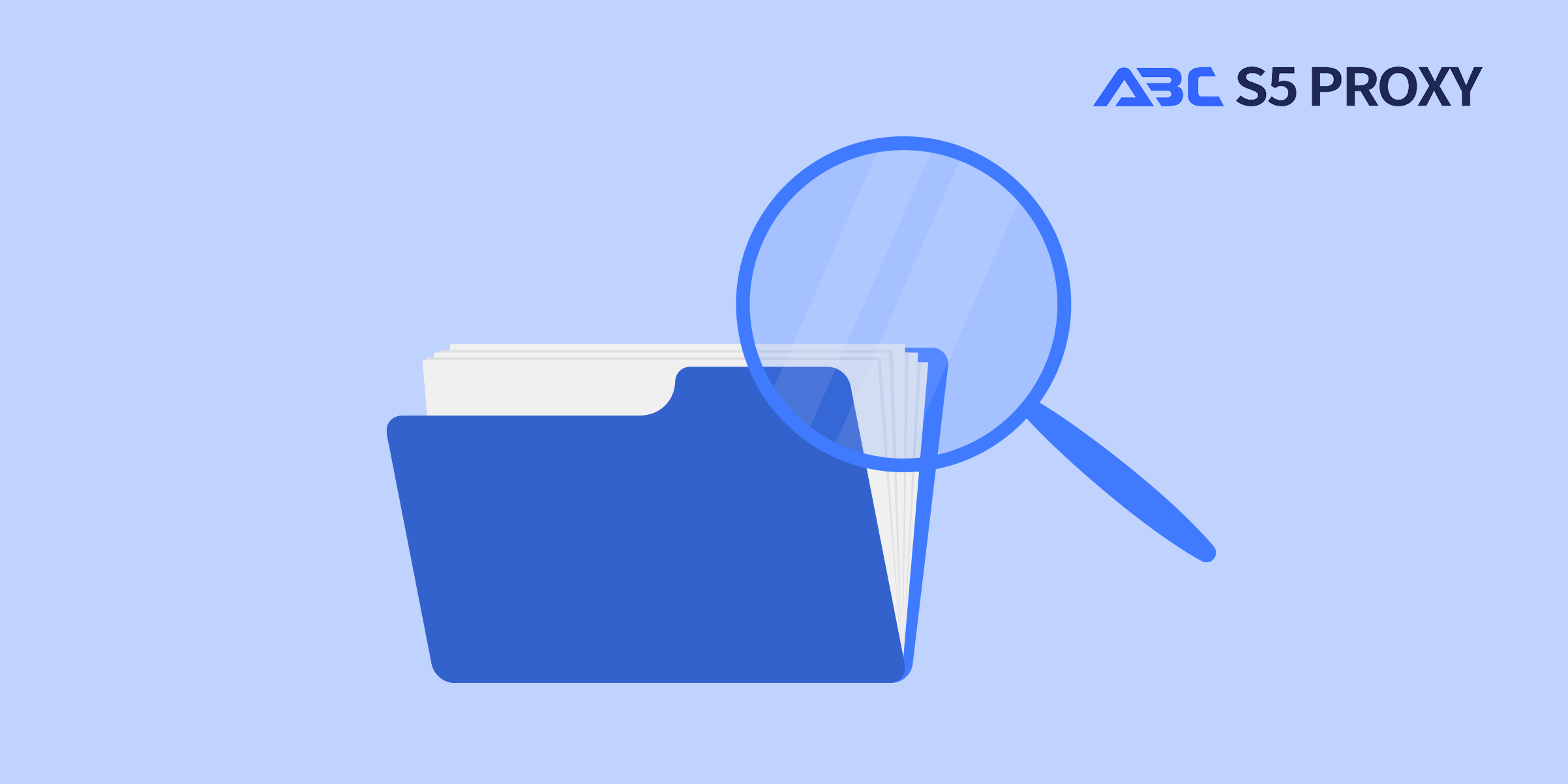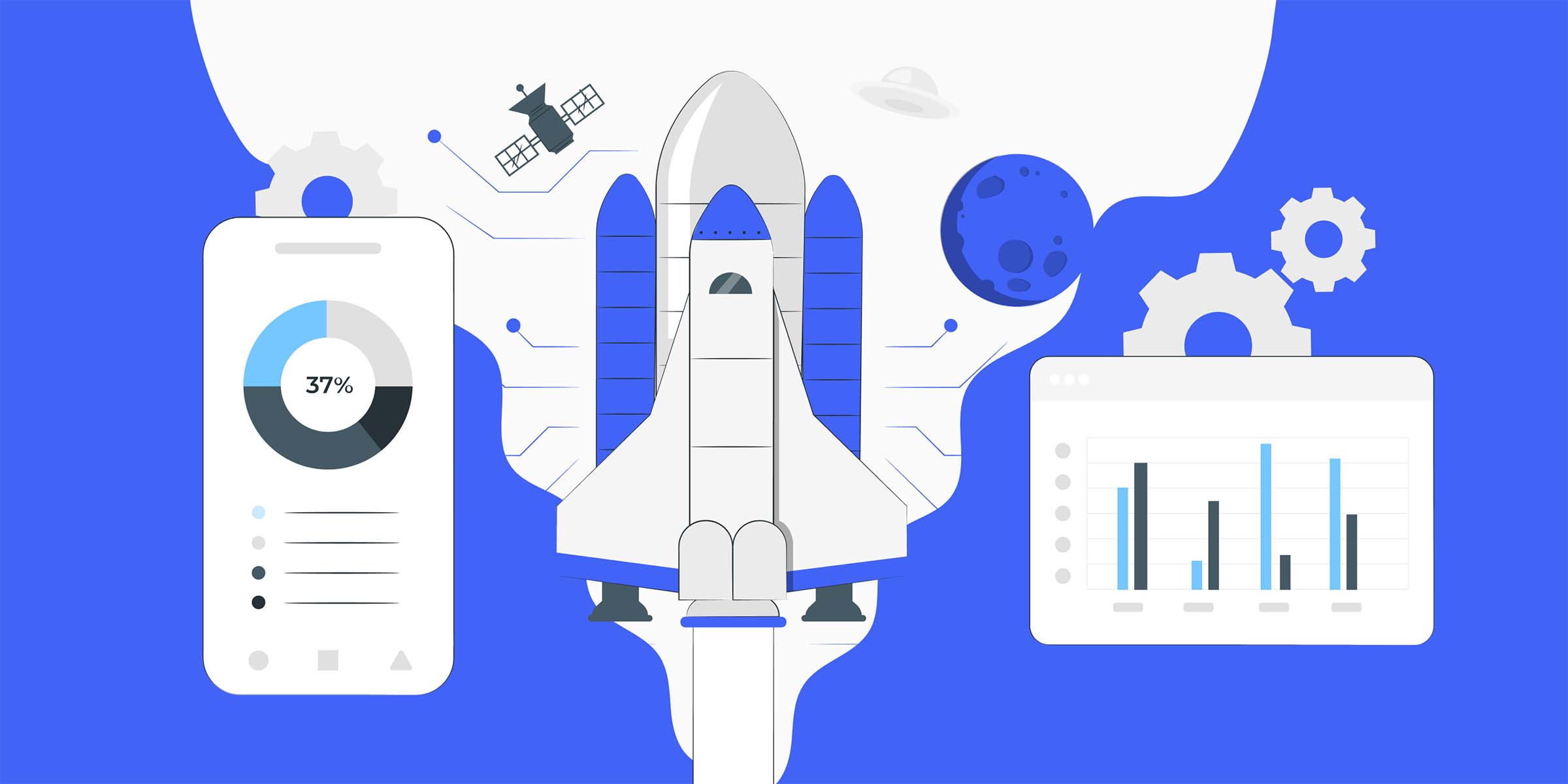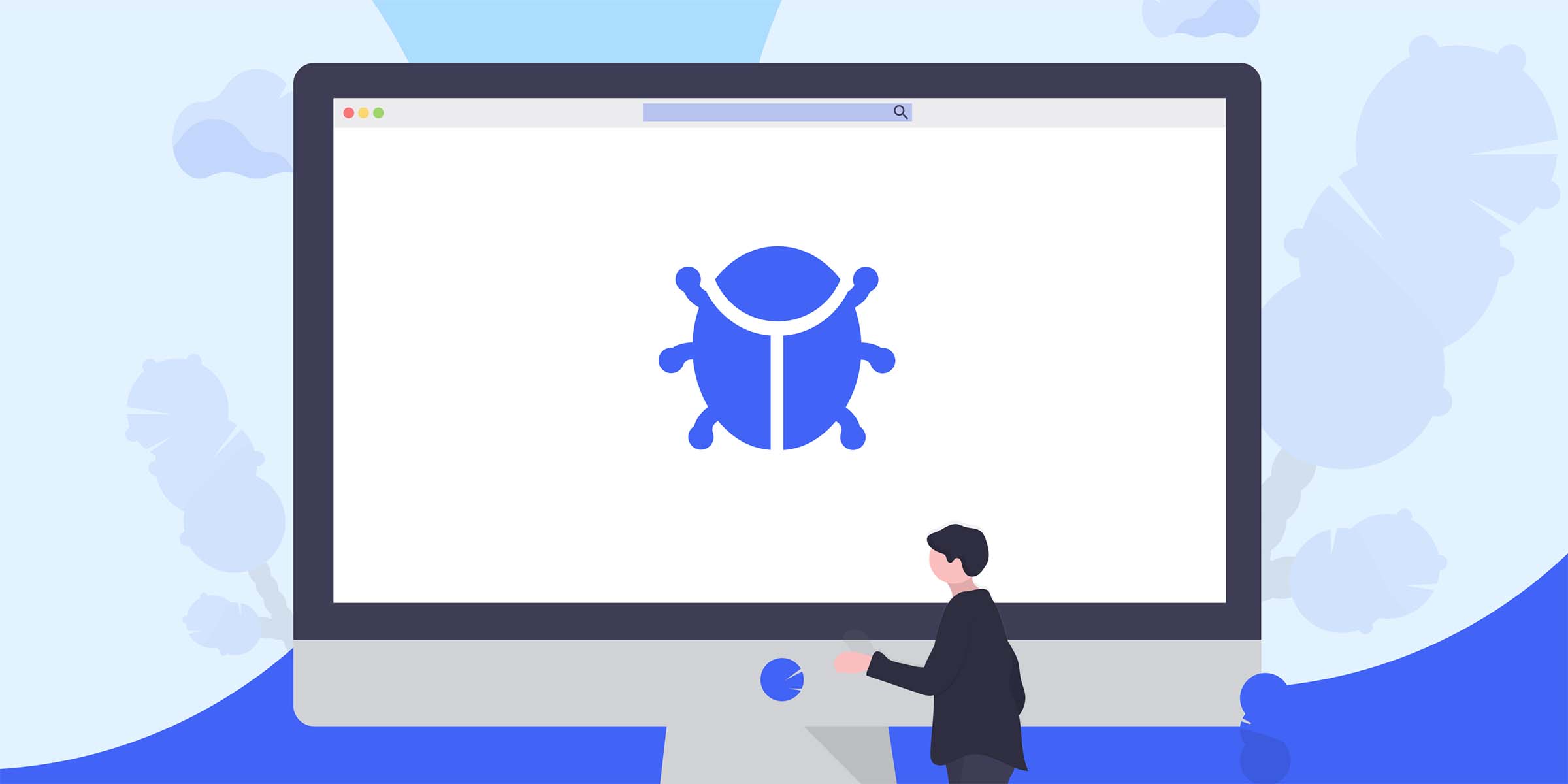住宅代理
來自真實 ISP 的白名單 200M+ IP。 透過儀表板管理/取得代理程式。

代理

代理
住宅代理
來自真實 ISP 的白名單 200M+ IP。 透過儀表板管理/取得代理程式。
開始於
$0.77/ GB
Socks5代理
190多個地點超過2億個真實IP,
開始於
$0.045/ IP
無限住宅代理
使用全球穩定、快速、強勁的 700K+ 資料中心 LP。
開始於
$79/ Day
輪換 ISP 代理
ABCProxy 的輪替 ISP 代理程式可保證較長的會話時間。
開始於
$0.77/ GB
靜態住宅代理
持久專用代理、非輪換住宅代理
開始於
$5/MONTH
數據中心代理
使用全球穩定、快速、強勁的 700K+ 資料中心 LP。
開始於
$4.5/MONTH
English
繁體中文
Русский
Indonesia
Português
Español
بالعربية

Minimizing Requests and Maximizing Content Retrieval Efficiency
In the realm of website optimization, one of the paramount goals is to strike a balance between minimizing requests and maximizing content retrieval efficiency. This delicate equilibrium not only enhances user experience but also plays a pivotal role in boosting search engine rankings. By implementing strategic techniques and leveraging the right tools, website owners can significantly improve their site's performance. This blog delves into the importance of minimizing requests and maximizing content retrieval efficiency, providing valuable insights and practical tips for achieving optimal results.
Every time a user visits a website, their browser sends a request to the server to retrieve various resources such as HTML, CSS, JavaScript, images, and other multimedia content. Each of these requests incurs an overhead in terms of latency and bandwidth, which can impact the site's loading speed. Minimizing the number of requests can lead to faster page load times, reduced server load, and ultimately, a smoother user experience.
Images are often the heaviest elements on a webpage, contributing significantly to load times. By optimizing images through compression, resizing, and choosing the right format, website owners can reduce the size of image files without compromising quality. Implementing lazy loading techniques can also help defer offscreen images, ensuring that only the images visible to the user are loaded initially, thereby minimizing unnecessary requests.
Browser caching involves storing static resources locally on the user's device, allowing subsequent visits to the website to load faster by serving cached content. By setting appropriate cache headers and utilizing techniques such as cache busting for dynamic content, website owners can enhance content retrieval efficiency and reduce the need for repetitive requests to the server.
CSS and JavaScript files play a crucial role in determining the visual and interactive aspects of a website. However, having multiple separate files for stylesheets and scripts can result in an increased number of requests. By combining and minifying these files, unnecessary whitespace and comments can be removed, reducing file sizes and the overall number of requests required for rendering the webpage.
Content Delivery Networks (CDNs) distribute website content across multiple servers located in different geographical regions, allowing users to access content from a server closer to their location. This distributed approach not only minimizes latency but also balances server load, leading to improved content retrieval efficiency and faster response times.
In a world where user attention spans are diminishing, prioritizing the loading of critical resources can significantly impact user engagement. Techniques such as resource hints, asynchronous loading of non-essential resources, and inlining critical CSS can ensure that the most vital components of a webpage are rendered promptly, enhancing the overall user experience.
Optimizing website performance is an ongoing process that requires monitoring and analysis of key performance metrics. Tools such as Google PageSpeed Insights, GTmetrix, and WebPageTest can provide valuable insights into areas for improvement, such as server response times, render-blocking resources, and overall page speed. By regularly evaluating these metrics and implementing necessary optimizations, website owners can maintain a high level of performance and content retrieval efficiency.
In conclusion, the quest to minimize requests and maximize content retrieval efficiency is a multifaceted endeavor that encompasses various technical aspects of website optimization. By understanding the impact of requests on loading speed, optimizing images, leveraging browser caching, combining CSS and JavaScript files, utilizing CDNs, prioritizing critical resources, and monitoring performance metrics, website owners can enhance user experience, boost search engine rankings, and ultimately achieve their online goals. Embracing these strategies and continuously refining them will ensure that websites remain competitive in an ever-evolving digital landscape.
相關文章

網絡爬蟲Python終極指南:掌握Google Maps抓取
學習如何使用Python抓取Google Maps的逐步指南。發現網絡爬蟲的強大功能,輕鬆解鎖有價值的位置數據。立即開始您的數據旅程!

Python教程: 學會使用Python從Google酒店進行數據爬取
通過這個全面的Python教程,學習如何從Google酒店進行數據爬取。發現有效的方法來收集數據,提高酒店研究過程。非常適合那些希望簡化旅行計劃的人。

探索網路爬蟲的多樣應用情境:全面洞察
網路爬蟲是一種在多個領域廣泛使用的關鍵技術。 本博客探討了網路爬蟲的多樣應用情境,闡明了它在數據挖掘、SEO分析和內容聚合中的重要性。 跟我們一起深入研究網路爬蟲的世界!